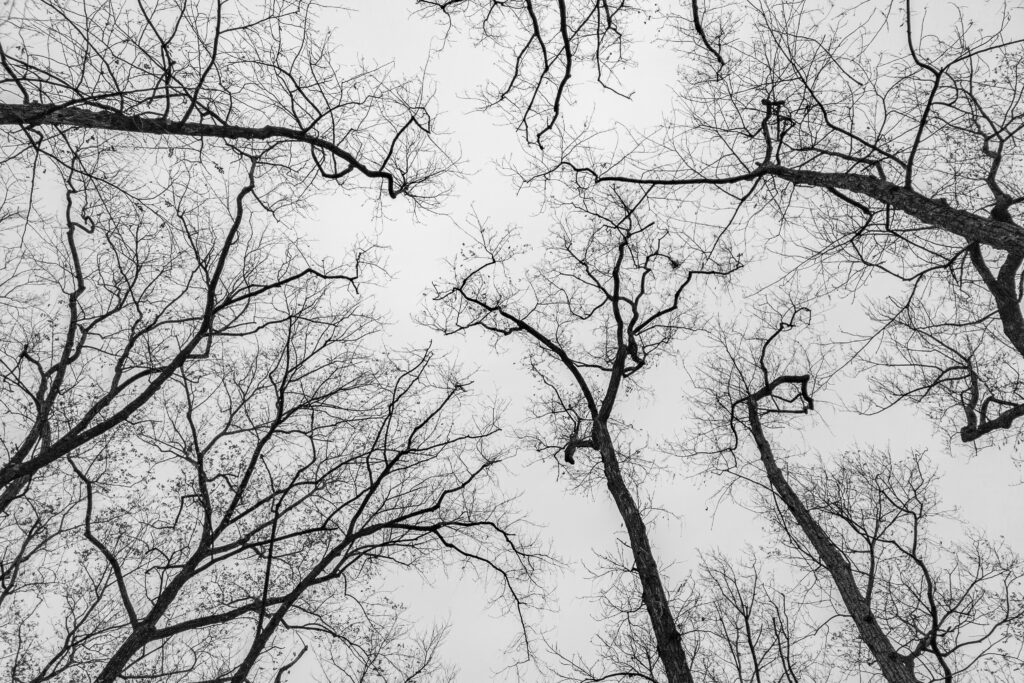Ambiguity and Anxiety: In Which a Queer Poet Reflects on Queer Poetry

Ever since I began my work with poetry, it has taught me to examine, appreciate, and utilize labels and ambiguity in ways that are particularly powerful in this form—especially since I’ve come to realize and appreciate the space for discussing queer experiences that poems can provide. A form of expression and confession that is protected by obscurity, the ambiguity that a poem affords its speaker can create room to communicate safely. This ambiguity, while not new to contemporary poetry, has certainly changed quite a bit in recent generations.
For those of us who identify as being othered, the space we exist in now is tricky to define. Hard to navigate, to explain, or even to simply be proud of. How do we navigate joy without fear, without anxiety, without the idea of turning it into resistance? All of the joy I portray in my writing seems to come from a place of defiance. At the risk of seeming like a narcissist (well, more than I really am), I offer a few lines from one of my poems, “This is What Happens When I Wear Pink Shirts:”
It was a strange place,
the territory I found myself in
after hearing This mall
is a faggot-free zone…
That is to say, let me be everything
my father thinks of me.…
but so full of love that my teeth
cannot contain it.
Why is it so hard to portray joy without fear, without anxiety? How can we write about it without it becoming defiant, resistant, or political? There are times when I don’t think we can. Or, at least, I don’t think I can. But that’s more my own personal tragedy, really.
It is, perhaps, unrealistic (and certainly unfair) to begin a conversation like this with anyone other than Adrienne Rich, one of the most prominent writers to address queer theory and gender non-conforming bodies. Although she constantly dealt with these themes closely, her poem “Diving Into the Wreck” is what stands out to me the most. To be fair, it was also my introduction to Rich’s poetry, as well as the poem that made me begin writing poetry myself. Before Rich, I had never truly connected to a poem, never truly felt a poem in the core of me. This poem was the first to teach me that my experiences were not isolated or wholly unique, and that they could and should be recorded. So, I have a bit of a soft spot for it:
First having read the book of myths,
and loaded the camera
and checked the edge of the knife blade,
I put on
the body-armor of black rubber
We enter the poem in a space that is already isolated. No natural life, no sunlit field of trees, no warmth. The speaker is in a synthetic suit, made to protect them from the very thing they are
seeking. How strange, to dive in search of a myth and to separate oneself from the ocean, the world in which that myth is found. How odd to be so intimately prepared for violence, knife in hand. If attempting to find joy in the face of hatred is my form of resistance now, then women committing or being ready for violence is the resistance of several generations of women poets. Rich has immediately immersed us in a space of ever-looming anxiety. It is the ocean, full of dangers and, more than anything, exerting a neverending and ever-growing pressure. Further, Rich writes:
This is the place.
I am here, the mermaid whose dark hair
streams black, the merman in his armored body.
We circle silently
about the wreck
we dive into the hold.
I am she: I am he
Rich addresses directly, in so solemn a way, the experience of an othered body. This is not a piece about love in which othered bodies appear—this is the lament of those othered bodies. What Rich presents is the quiet result of reading through that book of myths, diving into a place that is sunken and destroyed; only then does the speaker discover and understand their own otherness. The speaker is a being who is multiple beings—both the merman and mermaid, but also the “we” that circles silently about the wreck. For Rich, that is the lot of the othered body.
But Rich is not content speaking to only her own sorrows. She does not stop at the speaker.
We are, I am, you are
…
carrying a knife, a camera
a book of myths
in which our names do not appear.
This is how ambiguity establishes—intentionally or otherwise—the portrayal of queer bodies. It is not simply obscurity for Rich. It is erasure. After all the searching and discovery, it doesn’t matter. Rich’s speaker is the most tragic othered body; Rich’s speaker is the body who searches and is forgotten.
This anxiety, however, did not always permeate queer poetics in such a consistent way. One woman who use a unique form of ambiguity to discuss queer experiences is Restoration poet Aphra Behn. Behn is a unique example of this because she wrote before many modern labels for various queer identities existed. Whether or not she could be identified as a queer writer is heavily debated to this day. But I’m not here to prove her sexuality one way or another, and honestly, it would be unfair to do so given how societal views of queer people have changed and evolved since her time of death. Because of her removal in time from contemporary language—the term “homosexual” as not coined until 1869, nearly 200 years after Behn’s death—she was able to examine sexuality and identity in a space that was removed from the anxiety that so often comes with labels. This distance allowed her to lay a certain groundwork for contemporary poets to explore similar themes. The discomfort and anxiety that so often comes with work that addresses a queer body seems to be completely missing from her work.
One such example of Behn’s removal from this theme is her poem “On a Juniper Tree Cut down to Make Busks”:
My Wealth, like bashful Virgins, I
Yielded with some Reluctancy;
For which my Value should be more,
Not giving easily my Store.
My verdant Branches all the Year
Did an eternal Beauty wear,
Did ever young and gay appear…
Behn’s speaker is the tree itself, a piece of the natural world that exists outside of gender; already we are in a space so different from Rich’s cold and deep ocean, from with the speaker had to be protected. Still, Behn’s speaker displays aspects of multiple genders. In acknowledging its own worth and stating that its wealth should be valued more, the tree seems to be enacting femininity. It is coming to terms with its own dissatisfaction regarding the lot it has been given. Even so, this tree is still a tree, meaning that the language used lends itself to both the idea of having gender and having no gender. It exists almost paradoxically (if we are examining it within a binary). The speaker may be of multiple genders because of language and circumstance, but it may also be none because it is a thing that truly exists outside of gender. Shrodinger’s gender. Later in “Juniper Tree,” Behn’s use of ambiguity ones again allows the reader to examine the piece in several ways while still queering the material:
Their Gratitude to ev’ry Tree
They pay, but most to happy Me.
The Shepherdess my Bark caressed,
Whilst he my Root (Love’s Pillow) kissed,
And did with Sighs their Fate Deplore,
Since I must shelter ‘em no more.
The tree engages in romantic activity with both the man and woman who have sought shelter beneath it (way to go, tree). This choice on Behn’s part further obscures the tree’s potential identify and reifies the reality that the tree is, in fact, a tree (wild, I know). This metaphor isn’t dropped in these moments. That is to say that, even with the reader’s eye drawn to the multiple facets of gender that the tree exhibits, what we attribute to it does not matter. In this moment of intimacy, it does not matter how we identify the tree—it only matters that the tree is true to itself. And still, from this moment to the end of the poem, Behn addresses these bodies with such respect and dignity. There is no fear revolving around the speaker and its identity, or lack thereof. The only fear present is that the tree will be separated from its loves, and even that fear is remedied as the poem closes. Behn does not write poems about being othered, but poems about instances of love and human connectedness in which otherness is present.
I know how stifling labels can be. Behn wrote outside of them, before “homosexual,” “heterosexual,” and other clinical terms even existed. Adrienne Rich harnessed them as a tool for communication and creation. I can’t say if one is more beneficial than the other, writing as if these clinical terms did not exist or utilizing them as tools, but I know that ambiguity has changed in the time between these two women and their writing. It can create a safe space for expression, yes—but it can also be utilized as a tool, as a weapon, for making oneself seen and heard. Even it refuses to be bound by a single definition. And hey, in time, maybe it can be used to resolve that own personal tragedy of mine as well. One can certainly hope.


